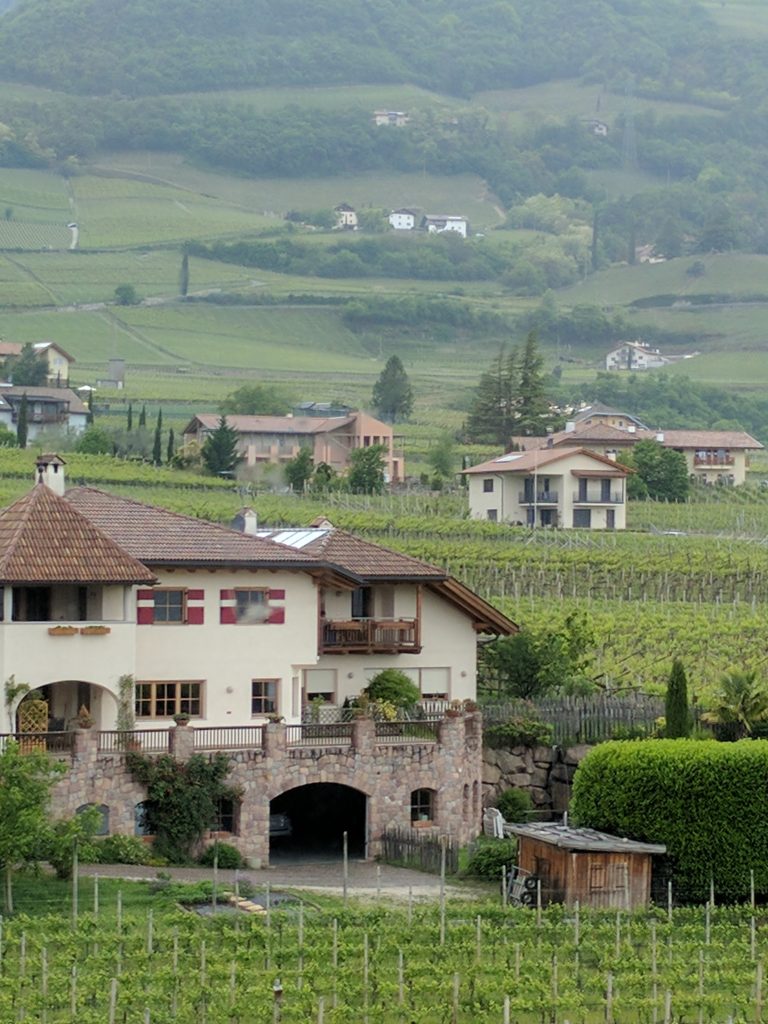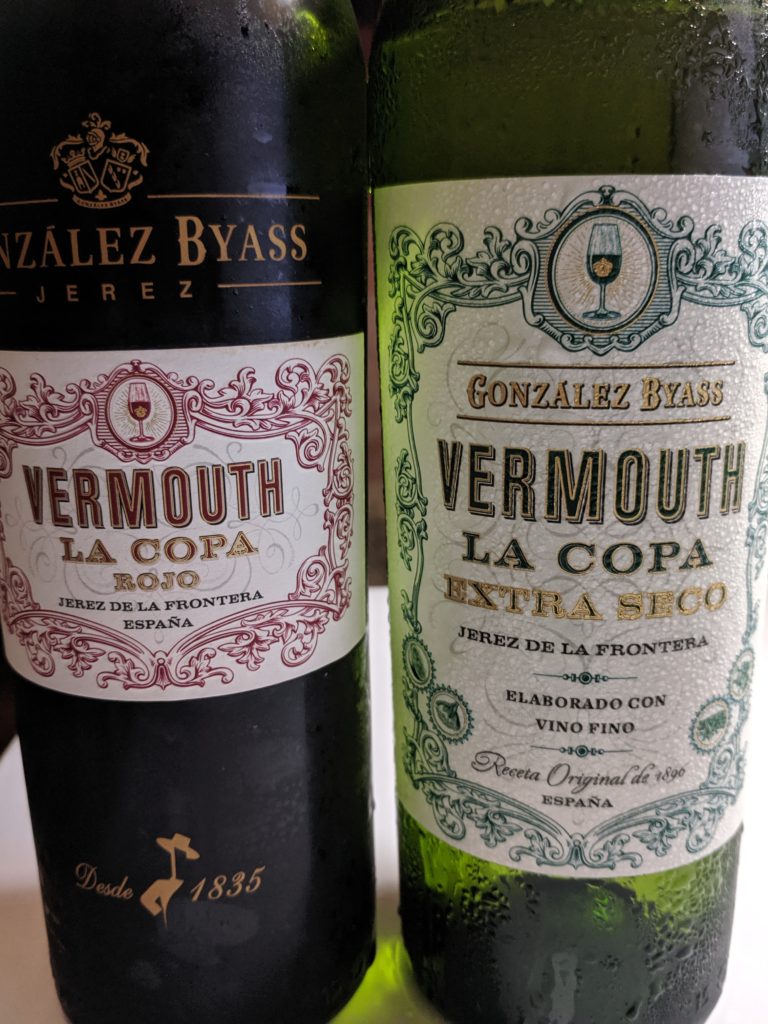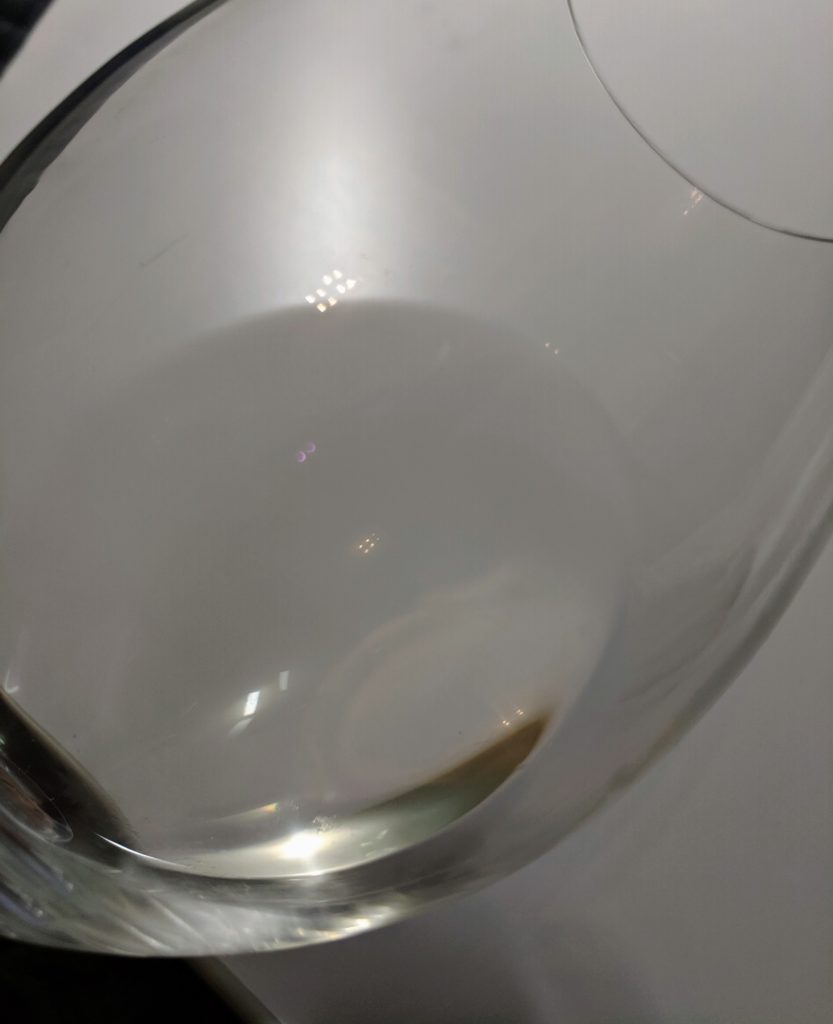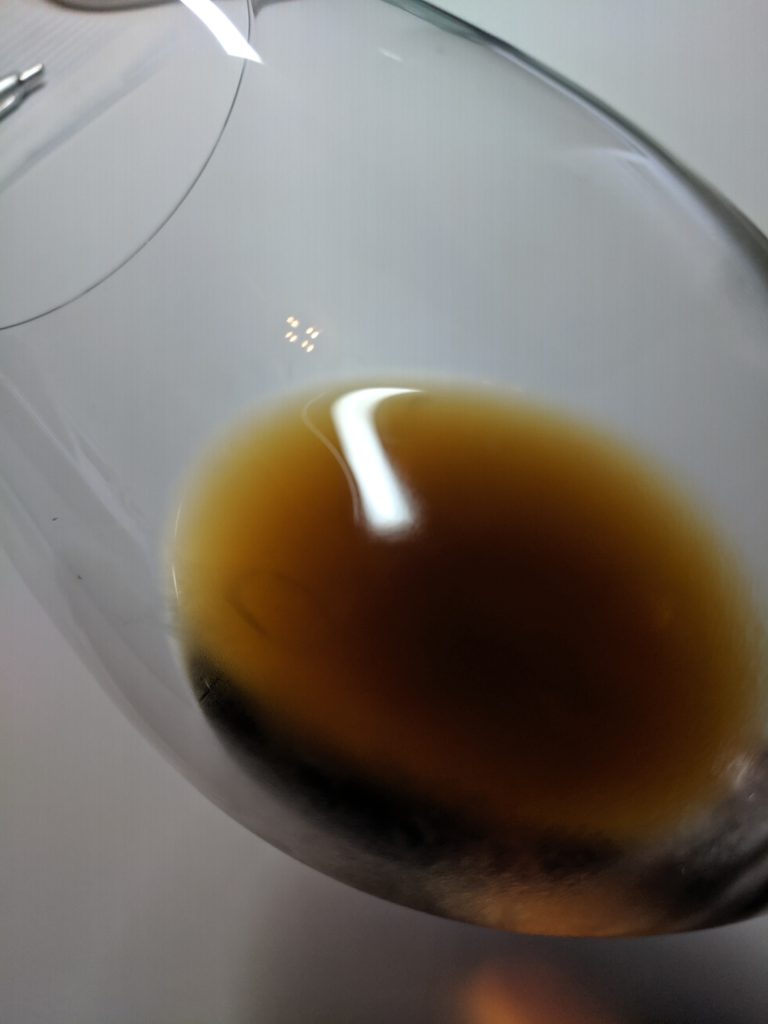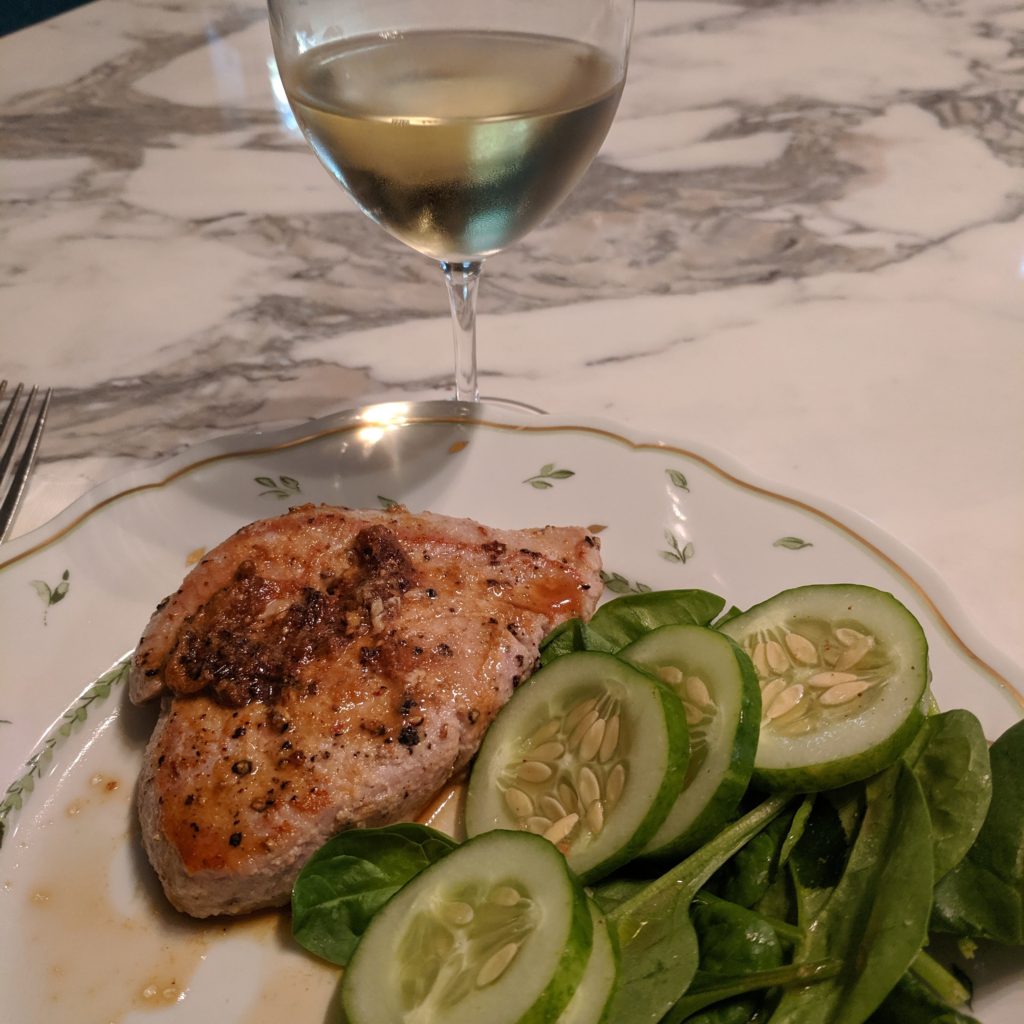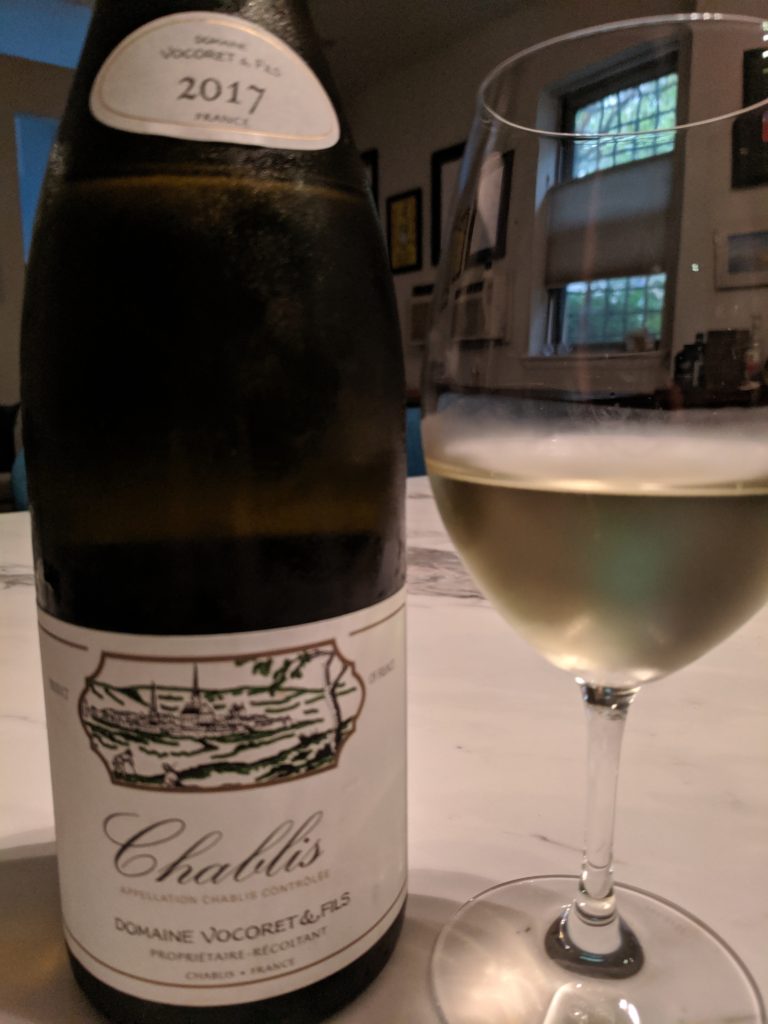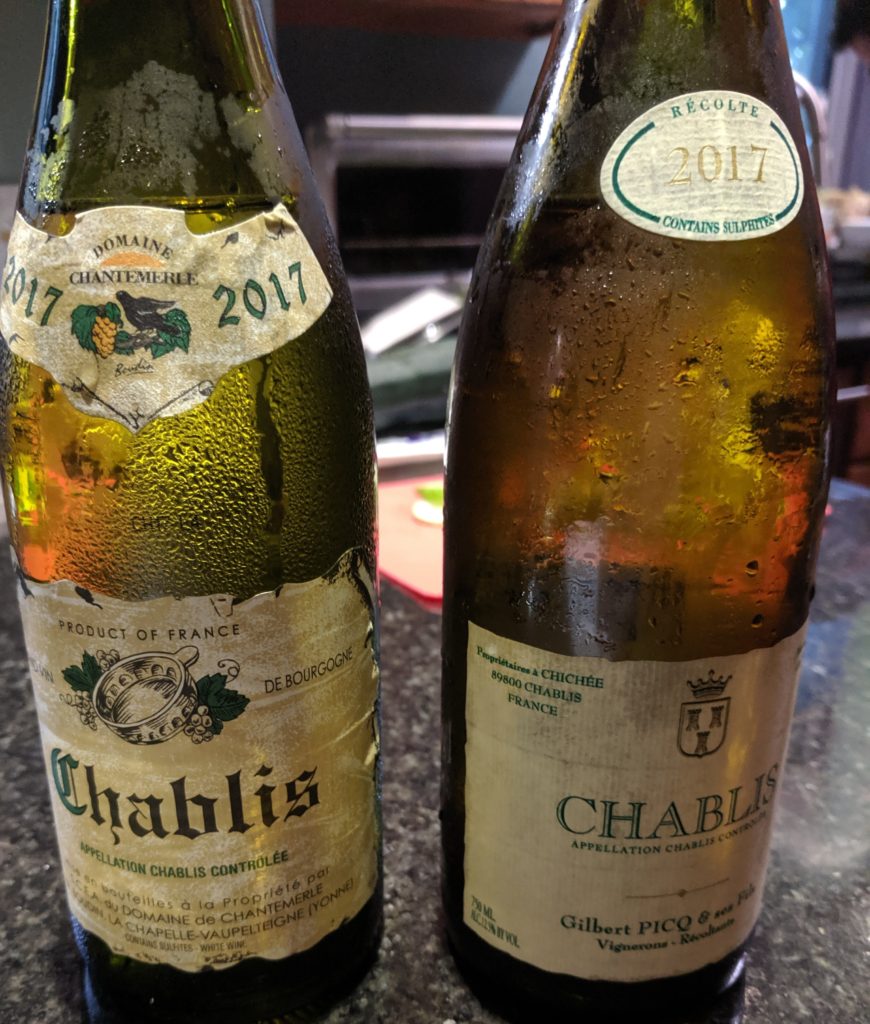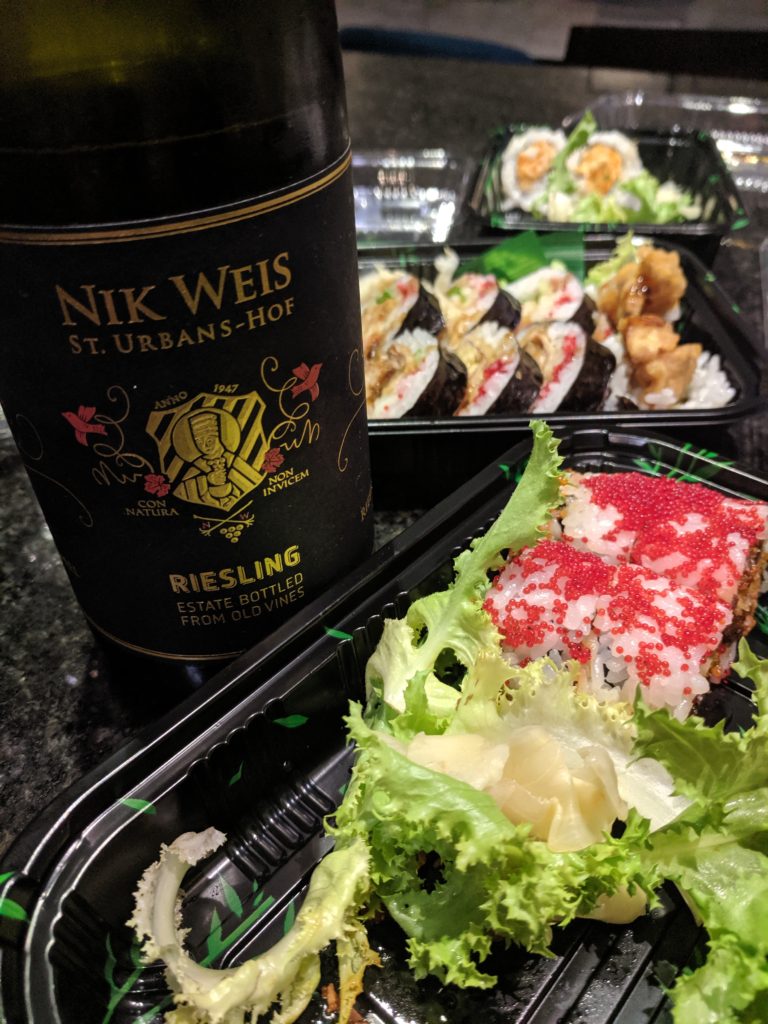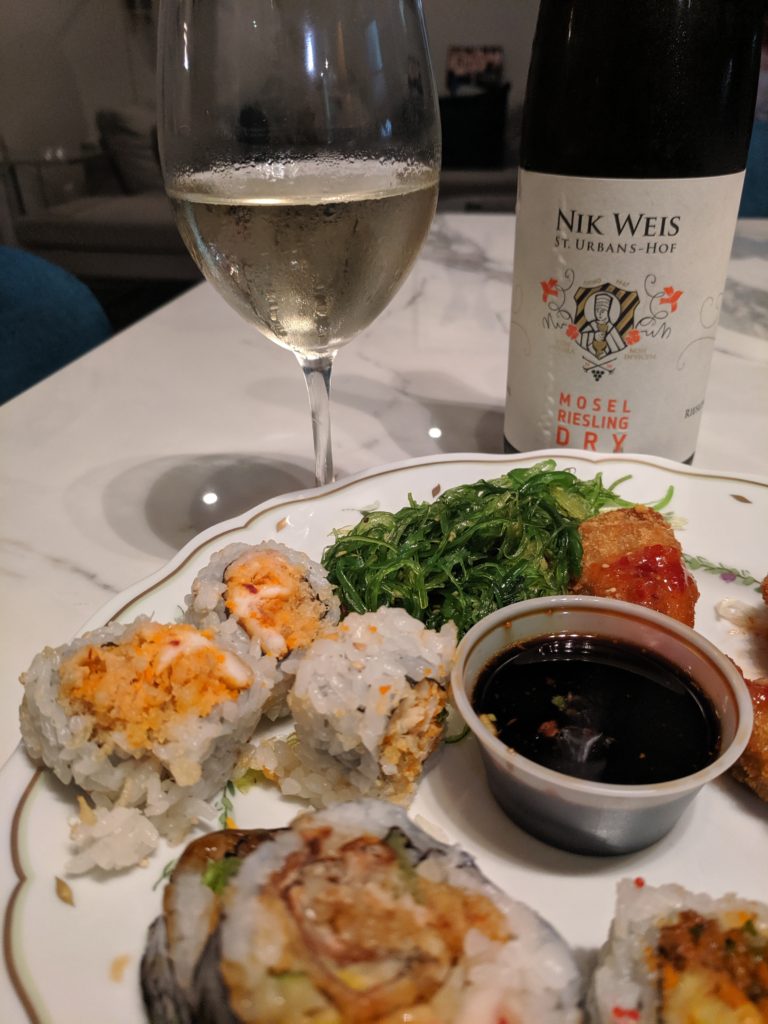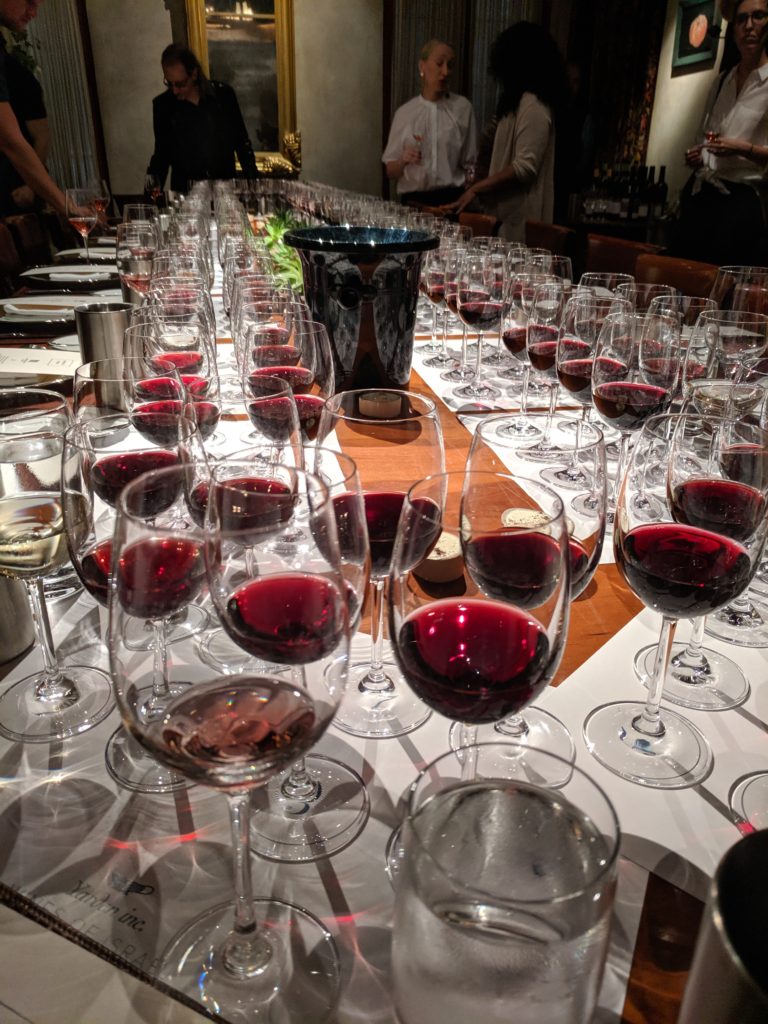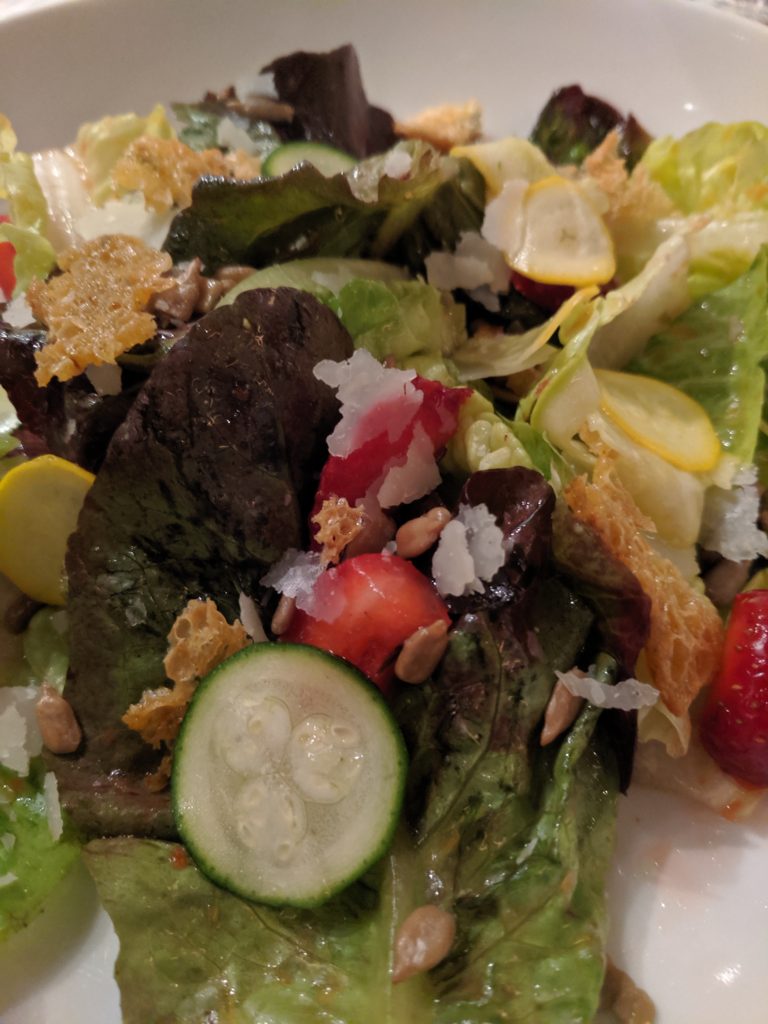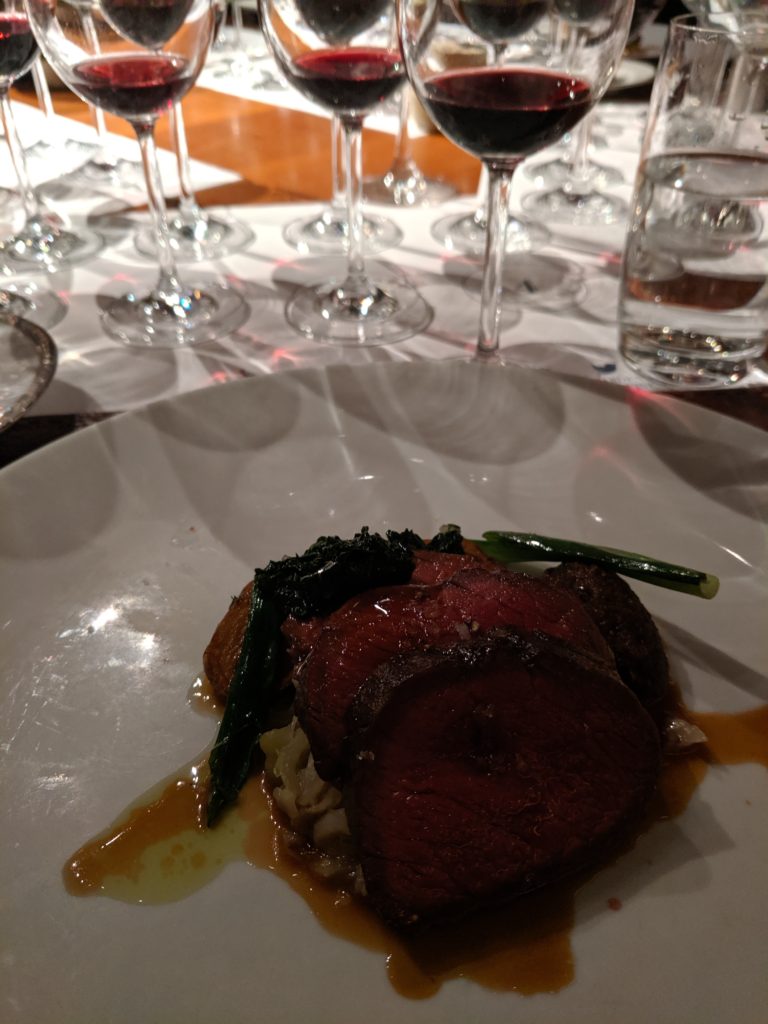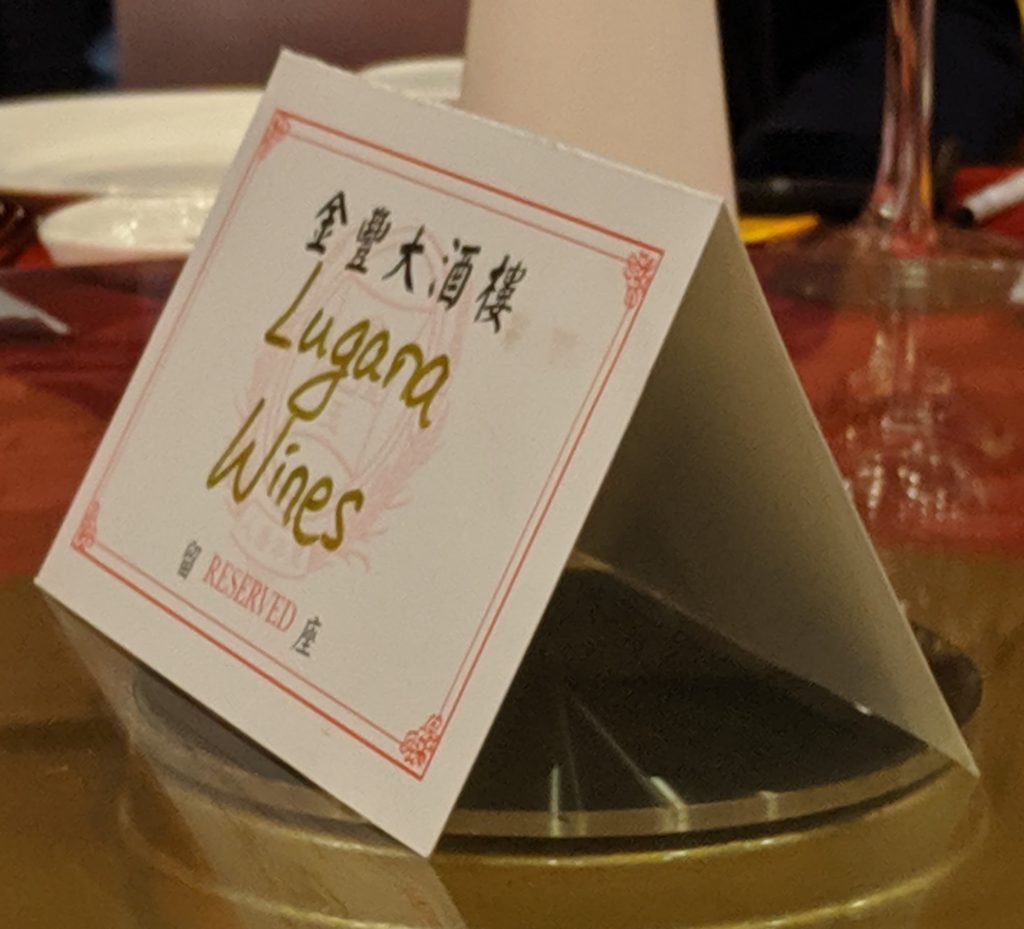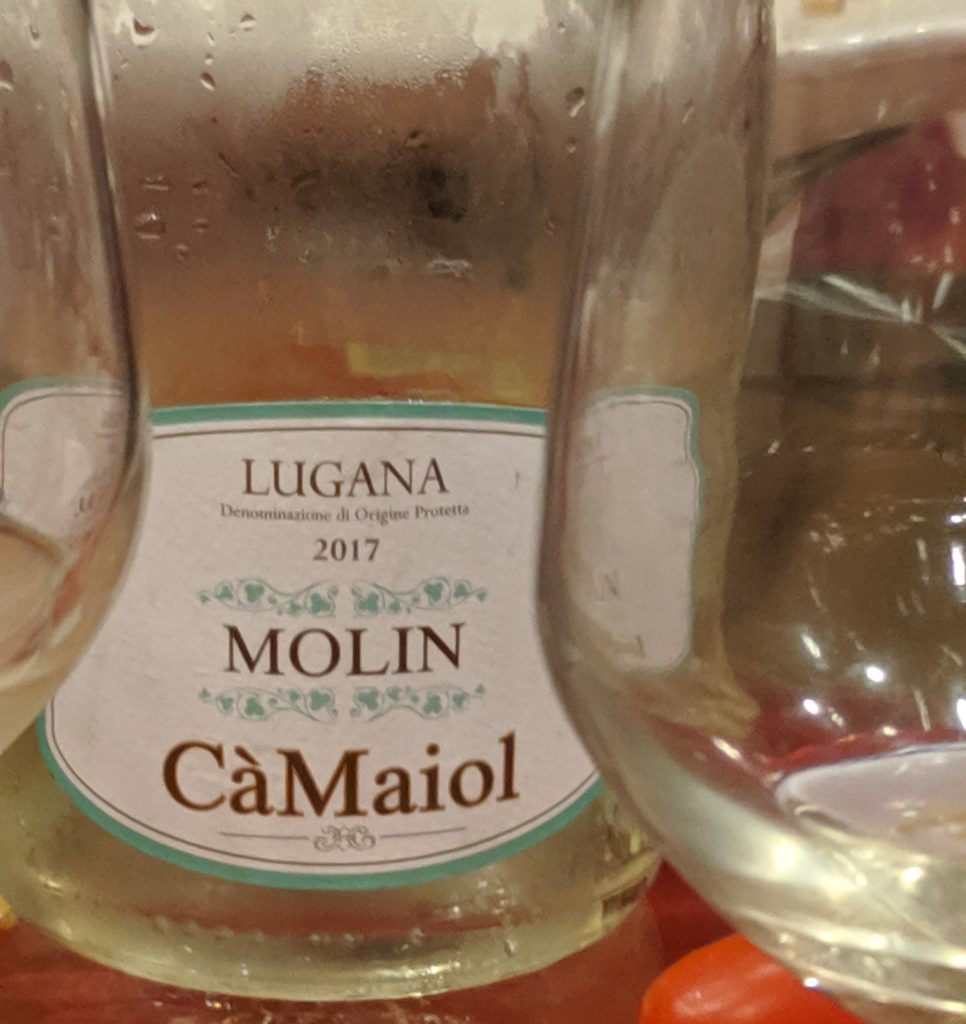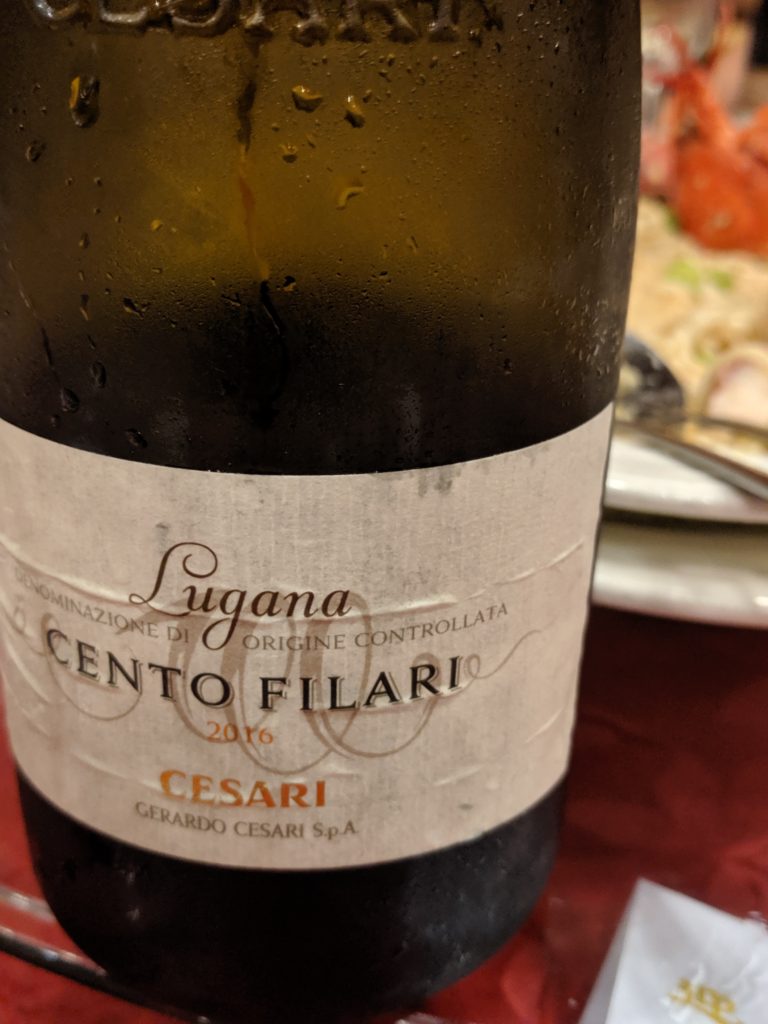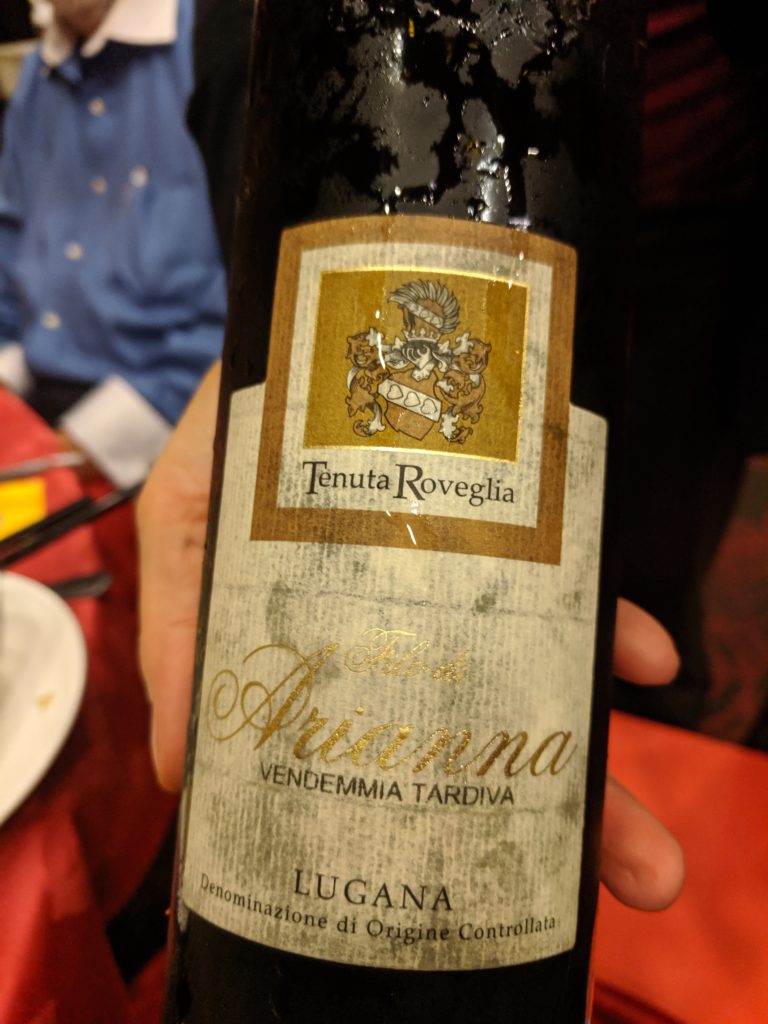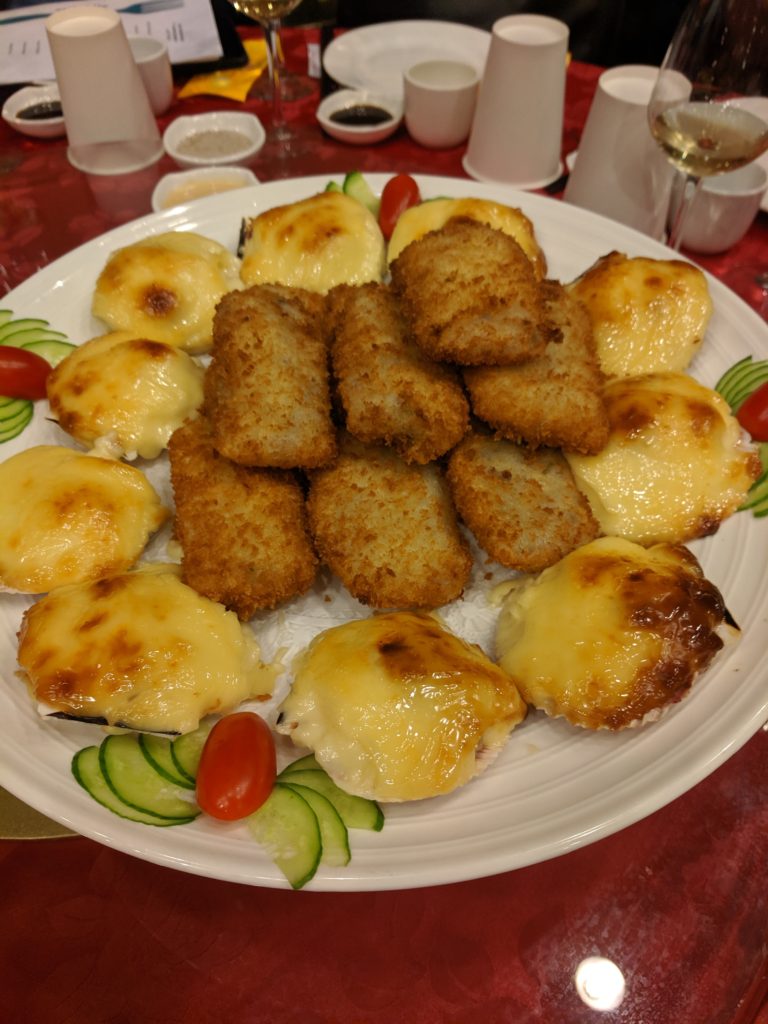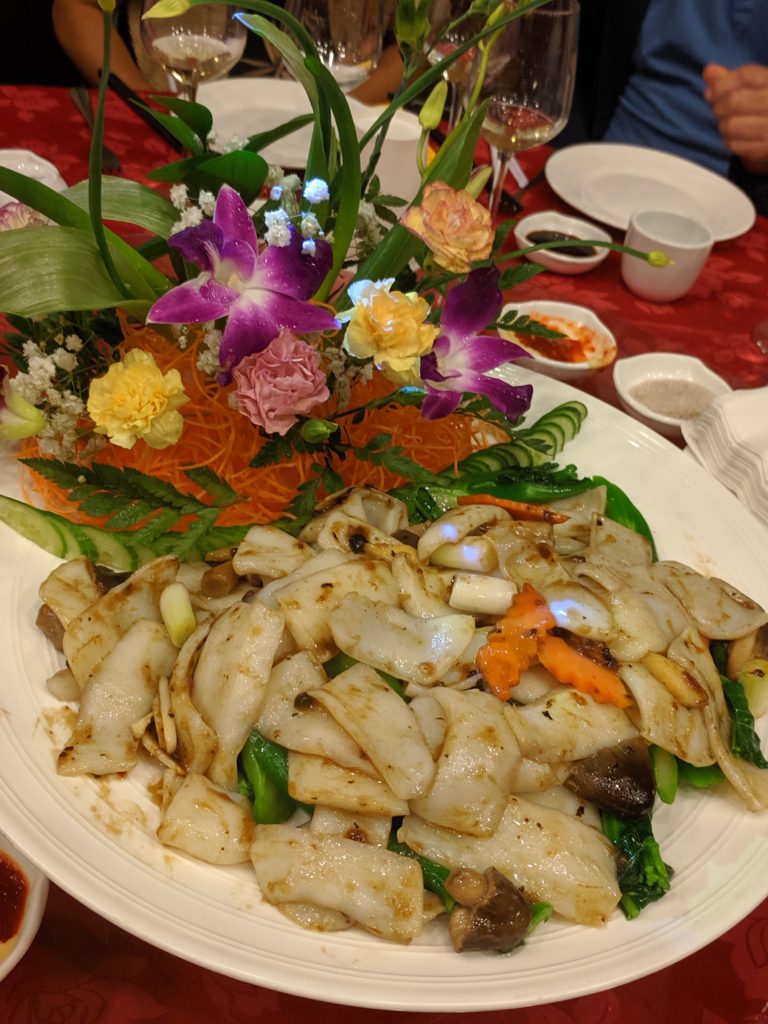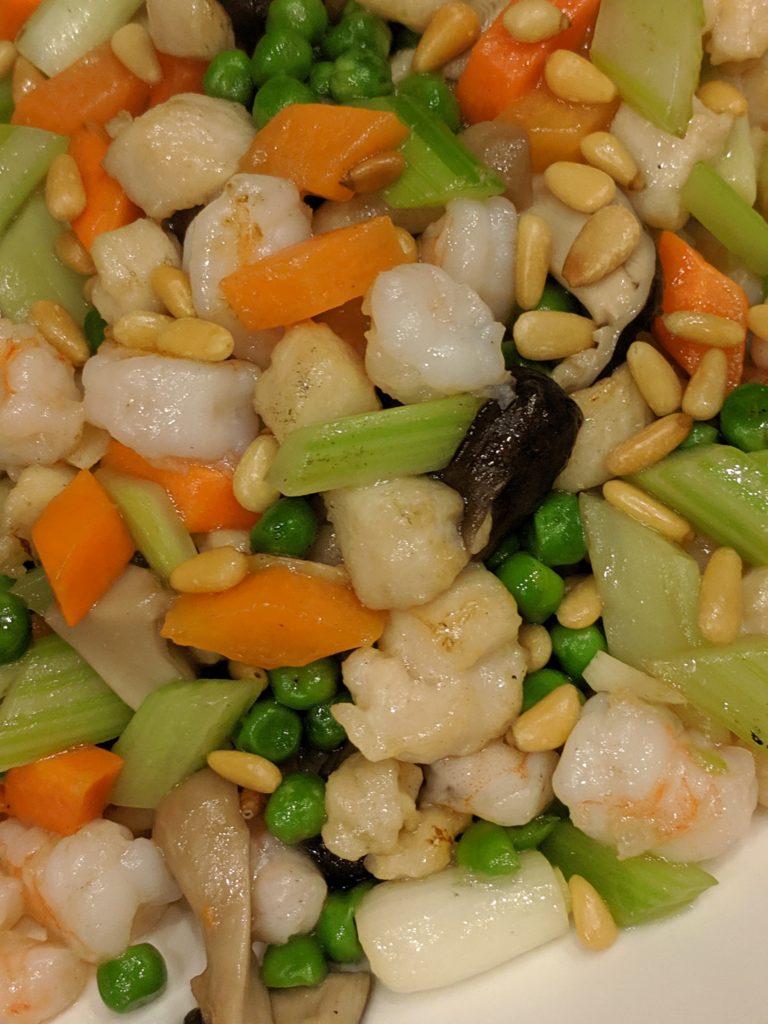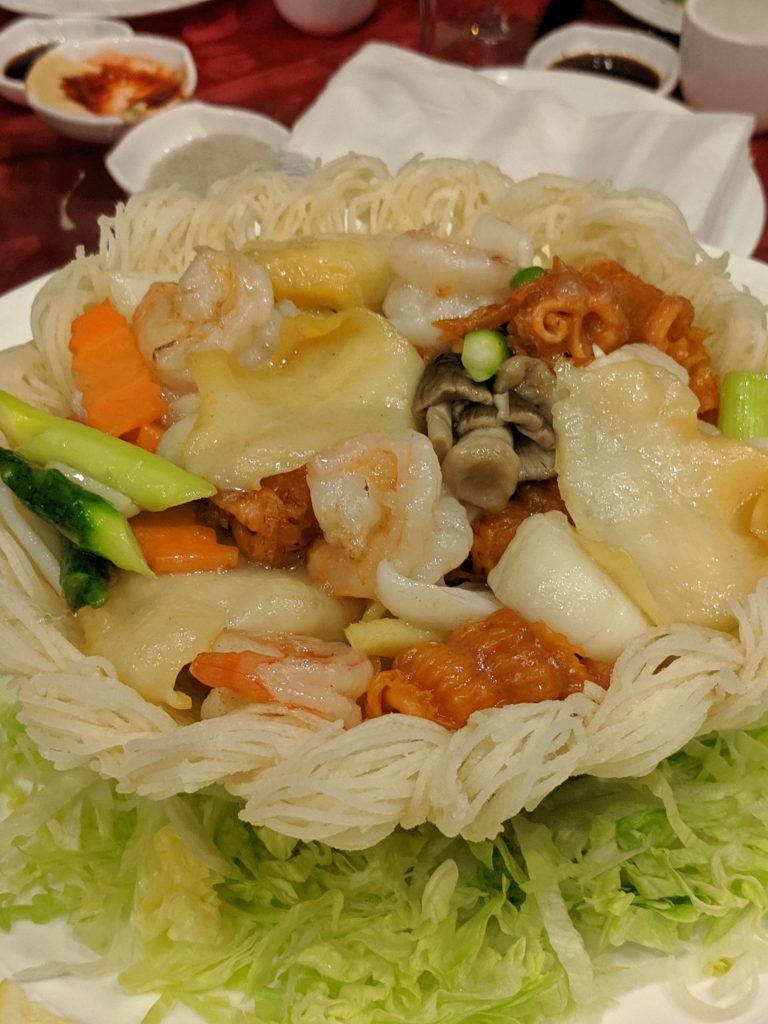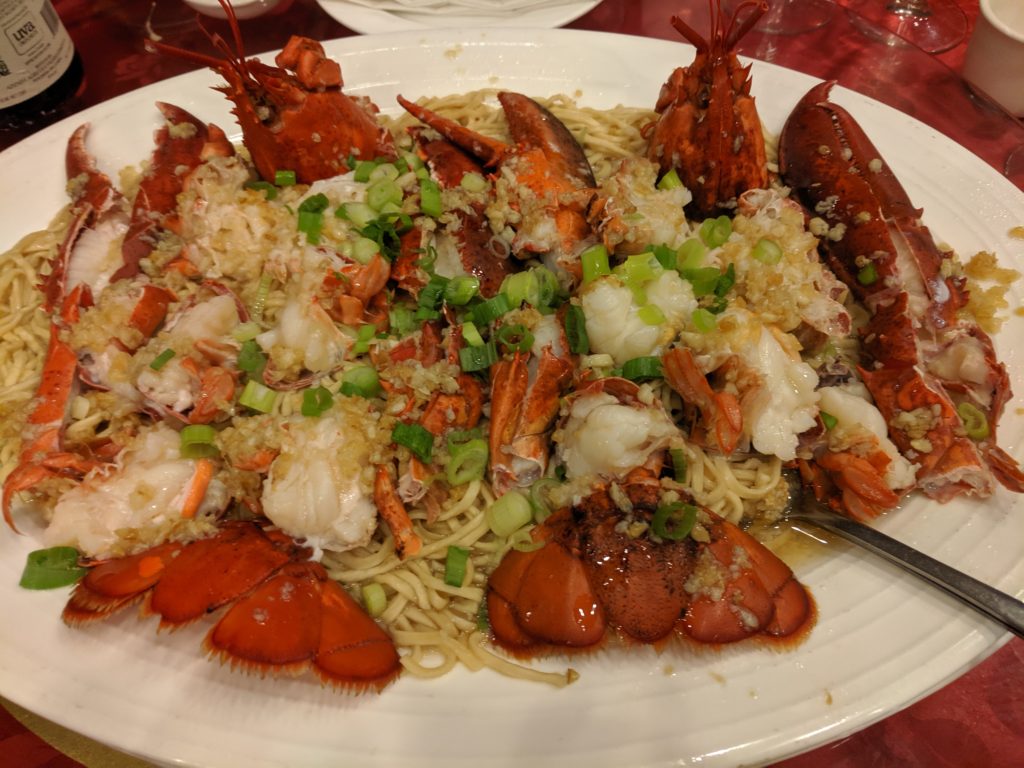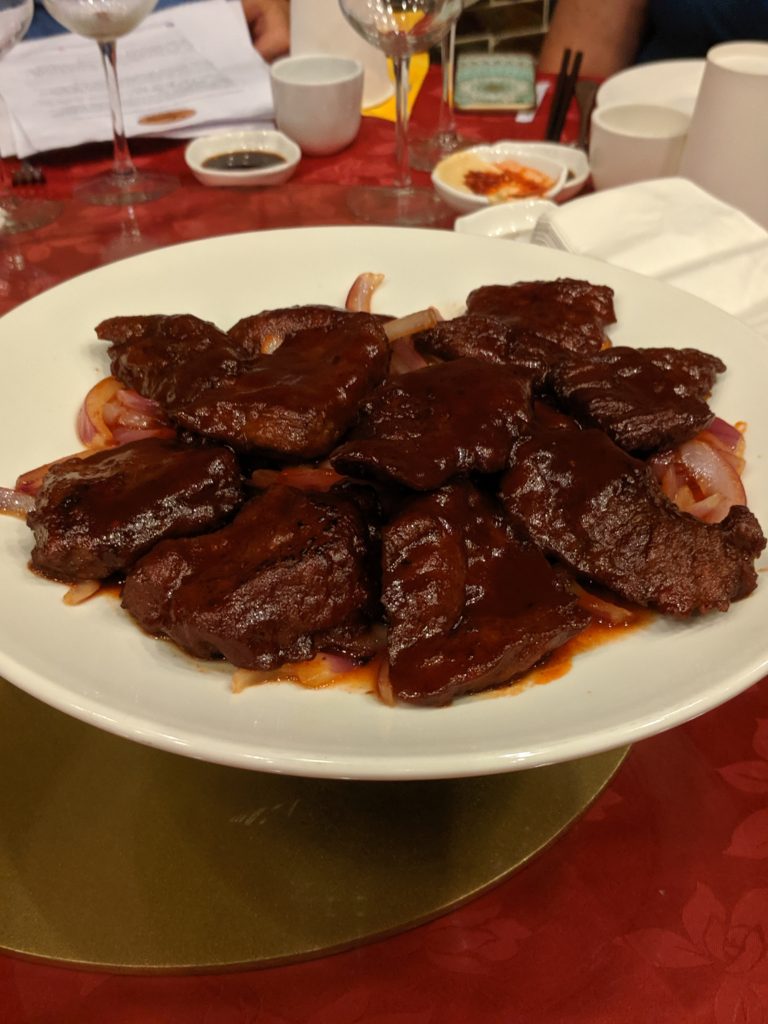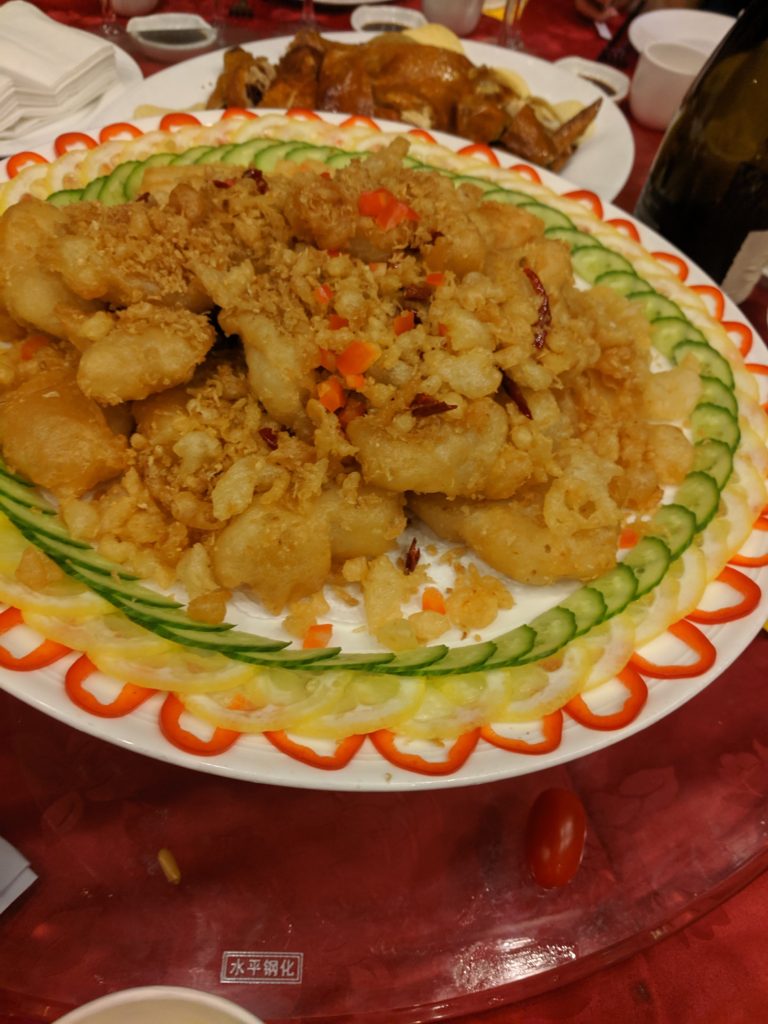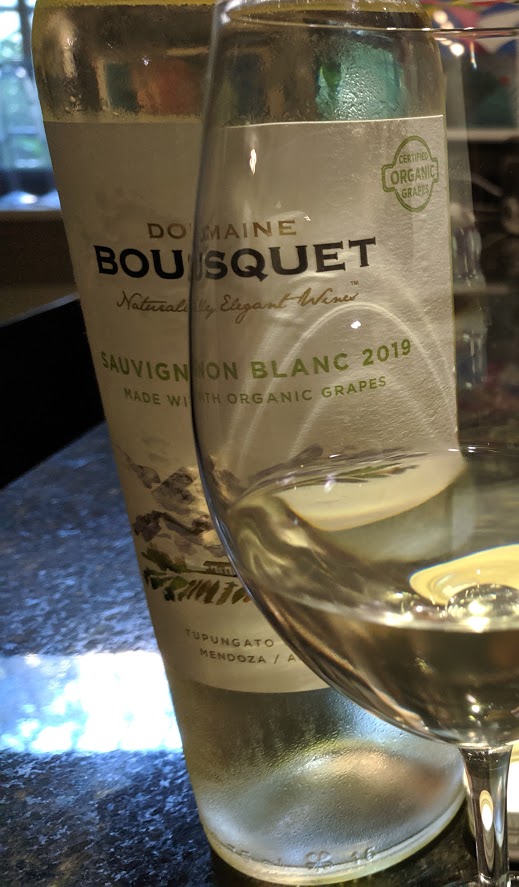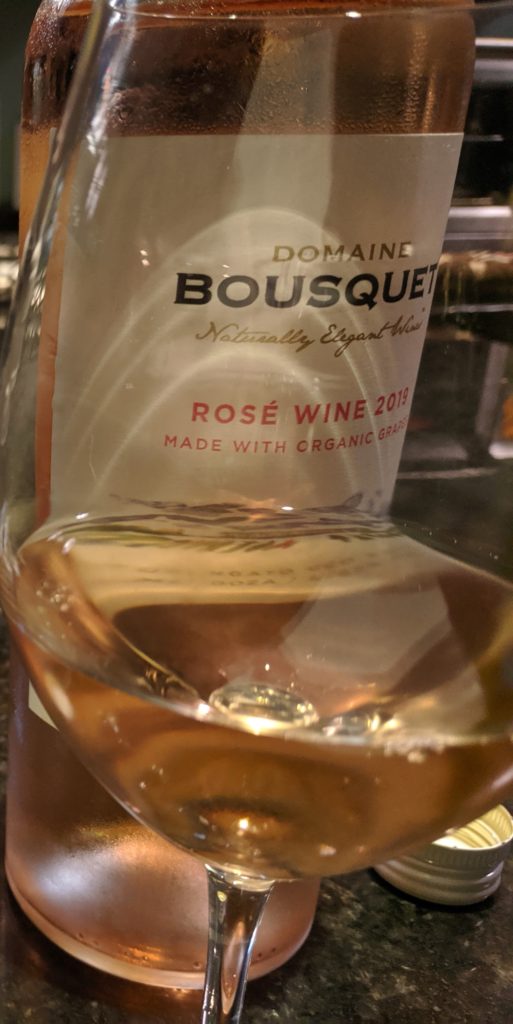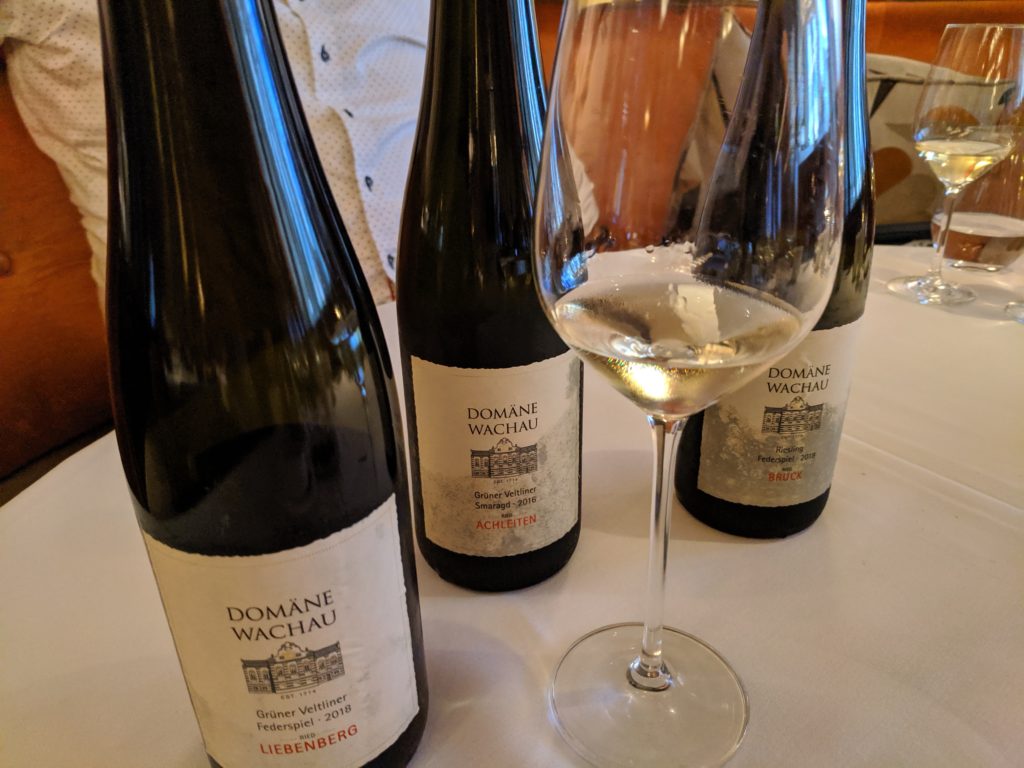

On what was a long overdue visit to the U.S. (and only his first time in New York), Domane Wachau’s winemaker Heinz Frischengruber poured a collection of his wines for the media at Aureole restaurant. Owned by 250 families, the Domane Wachau estate is located in Austria’s highly esteemed Wachau wine region, which is an UNESCO heritage site for both its natural beauty and its culture. Viticulturally, the region is known for its cool climate, diverse soils, river influence and abundant sunshine.
Originally born and raised in the region, Heinz has been at Domane Wachau for fifteen years and has become an integral part of the team, focusing his quality efforts on viticulture and traditional winemaking techniques. Heinz’ family is also in the wine industry (his brother currently runs the family business), so he grew up with wine in his blood (or at least in his backyard).
Before arriving at Domane Wachau, Heinz previously worked in Germany, gaining experience at Geisenheim and also studied overseas as well to build his knowledge base. But, he had always wanted to work at Domane Wachau, which is very well known and respected in the area. Its 1,000 hectares are considered to be the best terroir in the region, many of which are situated directly on the Danube. Here, the steeply terraced vineyards must be worked by hand; in fact, one-fifth of the vineyards are not accessible by tractor due to the vertical nature of the terrain. In recognition for the challenges inherent in maintaining such vineyards, an association has been created to save the terraced vineyards for the next generation.

With the region’s mosaic of different soil types, microclimates, higher and lower altitudes, Heinz loves to play with single vineyards. In this regard, he noted, “You have to know your soils,” in determining which style of wine to make. Further, he understands his grape varieties, explaining that Riesling can adapt even better than Gruner Veltliner, calling Gruner a luxury variety due to its heightened need for water. Yet, it, too, can be grown on a variety of different soils, producing a versatility in wine styles, attributing marked spiciness in the variety when grown on terraced vineyards and stone fruit with a rounder, fatty profile when grown on loess soils.
In the vineyards, there is a strong commitment to sustainable agriculture and biodiversity. When asked about climate change, Heinz reported that there has been significantly less rainfall and the occasional crazy high temperatures (greater than 35o C) in recent years. Accordingly, canopy management is more important than ever to shade the grapes, retain acidity and avoid burning.
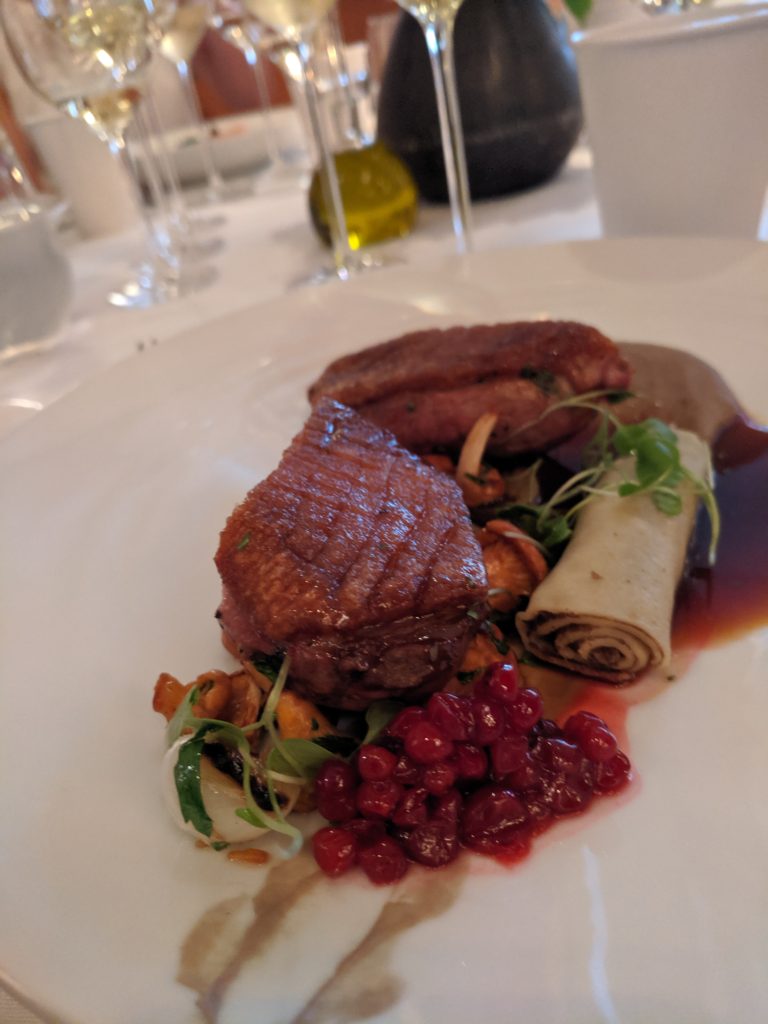
Once the grapes are in the winery, Heinz declares, “I’m a caretaker, not a winemaker.” A big fan of traditional winemaking, he prefers to utilize skin contact to produce fresh, elegant and spicy (read a peppery note – similar to the pyrazines found in Sauvignon Blanc) in his Gruner Veltliners. This skin contact also gives some tannic grip that adds to the complexity of the wines.
As we tasted through a collection of wines at lunch, it was clear that these were well-made, elegant and concentrated wines that provided beauty, balance and bang for your buck. In other words, they were simply wonderful!
TASTING NOTES
Domane Wachau Gruner Veltliner Federspiel Terrassen 2018 – $18.00
Grown on steep terraced vineyards, this entry-level Gruner Veltliner offers up citrus and minerality on the nose. On the dry, medium-to-full bodied palate, it is rich and mineral on the palate with good acidity, stone fruit, peach pit and very long length.
Domane Wachau Riesling Federspiel Terrassen 2018 – $20.00
From the same entry-level line, the Riesling was more aromatic, with pronounced aromas of peaches, apricot, exotic fruit, pineapple, spiciness, flinty, and a hint of black pepper, which Heinz attributed to the soil. It was more concentrated, fuller-bodied and richer than a German Riesling, with medium acidity and long length.
Domane Wachau Gruner Veltliner Federspiel Ried Liebenberg 2018 – $25.00
Produced from the Ried Liebenberg single vineyard, which consists of very steep terraces and poor sandy soils, this wine offers up concentrated stone and mineral aromas. It was dry, but with riper fruit than the Terrassen GV, with apricot, stone, slight spice, displaying a structured, more terroir driven wine, with medium acidity, medium body and culminating in long length.
Domane Wachau Riesling Federspiel Ried Bruck 2018 – $25.00
Sourced from the winery’s coolest area, with grapes grown on south facing slopes, the Ried Bruck single vineyard Riesling greets the nose with white peaches, mandarin oranges, and marzipan. It had higher acidity than the Gruner Veltliner, with notes of smoke, petrol and wet stone on the long finish.
Domane Wachau Gruner Veltliner Smaragd Achleiten 2016 – $46.00
We finished the meal with the outstanding Achleiten, a very steep single vineyard made up of dark stones and flinty soils that fades right into the Danube. The resulting wine was well structured with good aging potential, dominated by peach and mineral aromas and flavors. The fresh palate was concentrated with long length and sufficient body and complexity to pair with heavier dishes such as duck or beef.
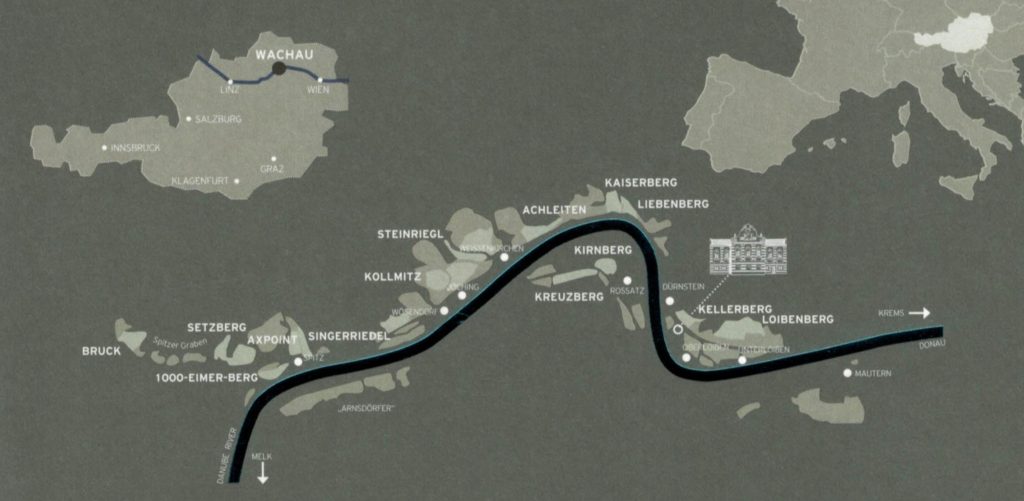
NB: Established in 1983, Vinea Wachau celebrates wines of provenance made only from Wachau grapes. There are three different (and hierarchal) style categories ranging from lightest to the most concentrated, each represented visually by an Austrian symbol to reflect the unique style and heritage of each wine.
Steinfeder: Feather
Lightest in style, with a maximum alcohol by volume (abv) of 11.5%.
Federspiel: Falcon
Medium bodied, with an abv of 12-12.5% abv, always fermented dry, elegant
Smaragd: Lizard
This highest category is reserved for dry, concentrated and complex wines, made from very ripe/late harvest grapes sourced from the best vineyards and fermented dry.


